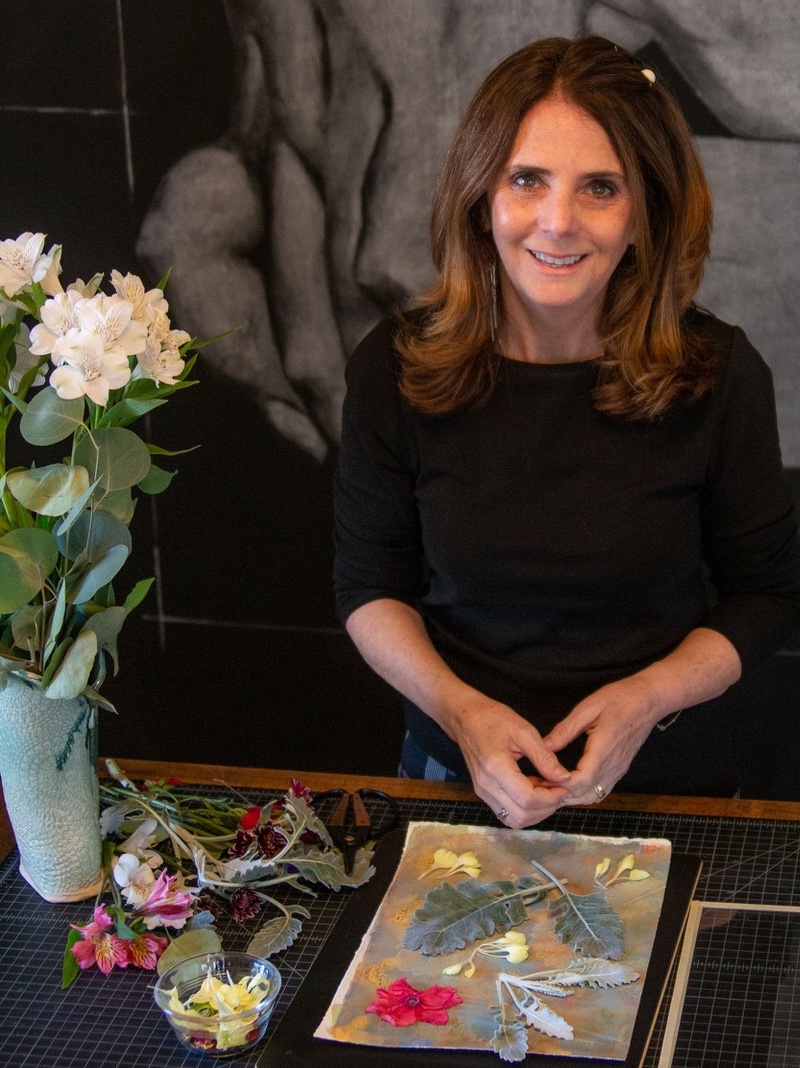By Beth Kephart

Years in the past—in a wholly totally different century—I sat at the back of a room in a steadfast stone constructing within the Italian hill city Spoleto, listening to Rosellen Brown and Reginald Gibbons clarify what a narrative is. I took feverish notes in my black faux-leather journal. I wrote all of the phrases down in order that I’d always remember them, in order that I’d turn out to be a author in spite of everything.
The phrases are nonetheless the place I put them. I open the journal and there they’re, proper up entrance. Rosellen Brown’s proclamations on beginnings, phrases as up to date and significant at present as they had been in the summertime of 1994:
Artwork needs to start greater than it needs to finish. The ending is a contrivance, the start a thriller.
The start offers a way of a continuum disrupted after which reestablished.
It’s a stroke of very positive luck that, in my first publicity to the teaching-writer’s thoughts, I used to be provided philosophical complexity. Proper from the beginning, it was clear to me: Good writing shouldn’t be easy work. It refuses to be lowered to a algorithm, a template, a guidelines. Each enduring novel, poem, or memoir will emerge as its personal singular factor—begotten in thriller and concluded planfully, negotiating continuity and disruption.
And people beginnings? The place do they arrive from? What do they inform us concerning the creator’s thoughts and their intentions? How is a author to craft the proper starting? The place and when does a starting start?
“I stand right here ironing, and what you requested me strikes tormented forwards and backwards with the iron,” Tillie Olsen wrote, in the beginning of her iconic brief story, “I Stand Right here Ironing.” In lower than twenty phrases, a speaker has claimed the stage, an iron has been set into movement, a relationship has been recommended, and a knotty one thing beckons. The body of the story, in different phrases, has been constructed. We will see it. We’re within the room. We are going to watch that iron, and that torment, because it now strikes throughout time and circumstance.
(Are you able to write a sentence like that? Are you able to obtain what Olsen achieved in lower than twenty phrases? Has the method of making an attempt helped you outline the story’s voice and its doable trajectory?)
“Again then, there was no such factor as spending an excessive amount of time within the automobile,” writes Hua Hsu in his memoir Keep True. “We might have pushed wherever as long as we had been collectively.”
Again then.
We might have pushed wherever
as long as we had been together.
Simply two sentences in, and we’re already enveloped within the temper of this ebook—its mournful melancholy, its if solely. The language isn’t fancy, not at first, as a result of it isn’t meant to be. These strains aren’t designed to dazzle us. They’ve been crafted to set the temperature.
(Set the temperature of the ebook you’re writing. Select the phrases that set up the temper. We don’t must know the characters’ names simply but; we don’t must know their landscapes. We simply must know the way the story feels—how the author needs the reader to really feel when she holds the ebook in her arms.)
“It’s with such profound happiness,” Clarice Lispector writes in the beginning of Água Viva (translated by Stefan Tobler). “Such a hallelujah. Hallelujah, I shout, hallelujah, merging with the darkest human howl of the ache of separation however a shout of diabolic pleasure. As a result of nobody can maintain me again now.” This, we all know without delay, is a novel that won’t quickly be certain for Lifetime TV. It’s self-referential. It’s thoughts shadowing thoughts. It’s a starting that routinely earns the precise to result in towards this sentence, deeper in: “I don’t need to have the horrible limitation of those that dwell merely from what could make sense. Not I: I need an invented reality.”
Sure, and naturally, and thanks, Clarice, for honorably defining, inside your opening strains, the kind of “story” you’re writing. An authentic story that breaks sentences into odd chunks. A narrative that doesn’t appear to care, a minimum of at first, if anybody will absolutely perceive it.
(Write a gap that solely you’ll perceive. What kind of voice have you ever employed? Have you ever come across a cadence, a rhythm, a manner of talking that’s value pursuing?)
In learning beginnings prematurely of my upcoming Craft Discuss, Greatest Beginnings, I’ve centered on a baker’s dozen of starting patterns, tropes, and writerly ideologies that I discover notably fascinating and instructive. (Nicole Graev Lipson’s work seems repeatedly.) I’ve requested myself if it could be doable to check every method inside the context of a single brief story—to take a easy plot and to begin the identical story 13 alternative ways. I haven’t but achieved this feat, to be trustworthy (I’m making an attempt!) however maybe you’ll hold me firm alongside the way in which. I’d like to start firstly with you.
________
Nationwide Ebook Award finalist Beth Kephart is the creator of some forty books in a number of genres, a broadly printed essayist, an award-winning memoirist, and a paper artist. Her new ebook is Tomorrow Will Deliver Sunday’s Information: A Philadelphia Story. Her bestseller Substack is The Hush and the Howl. Be part of Beth for her “Greatest Beginnings” Craft Talks webinar on September 24 ($25, replay obtainable to all registrants). Discover out extra/register now.

Uncover extra from The Brevity Weblog
Subscribe to get the most recent posts despatched to your e-mail.


Leave a Reply